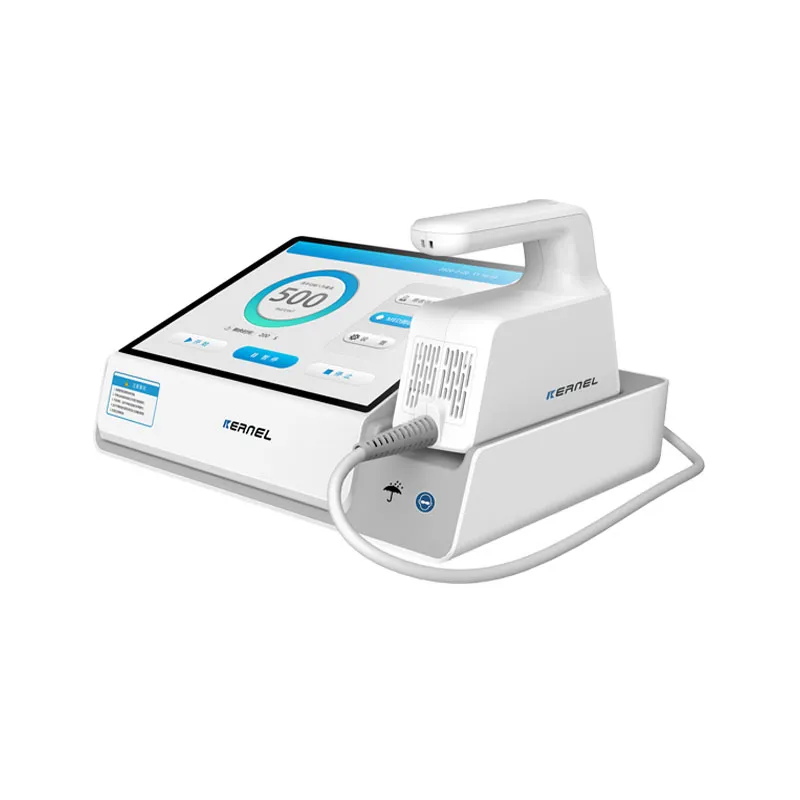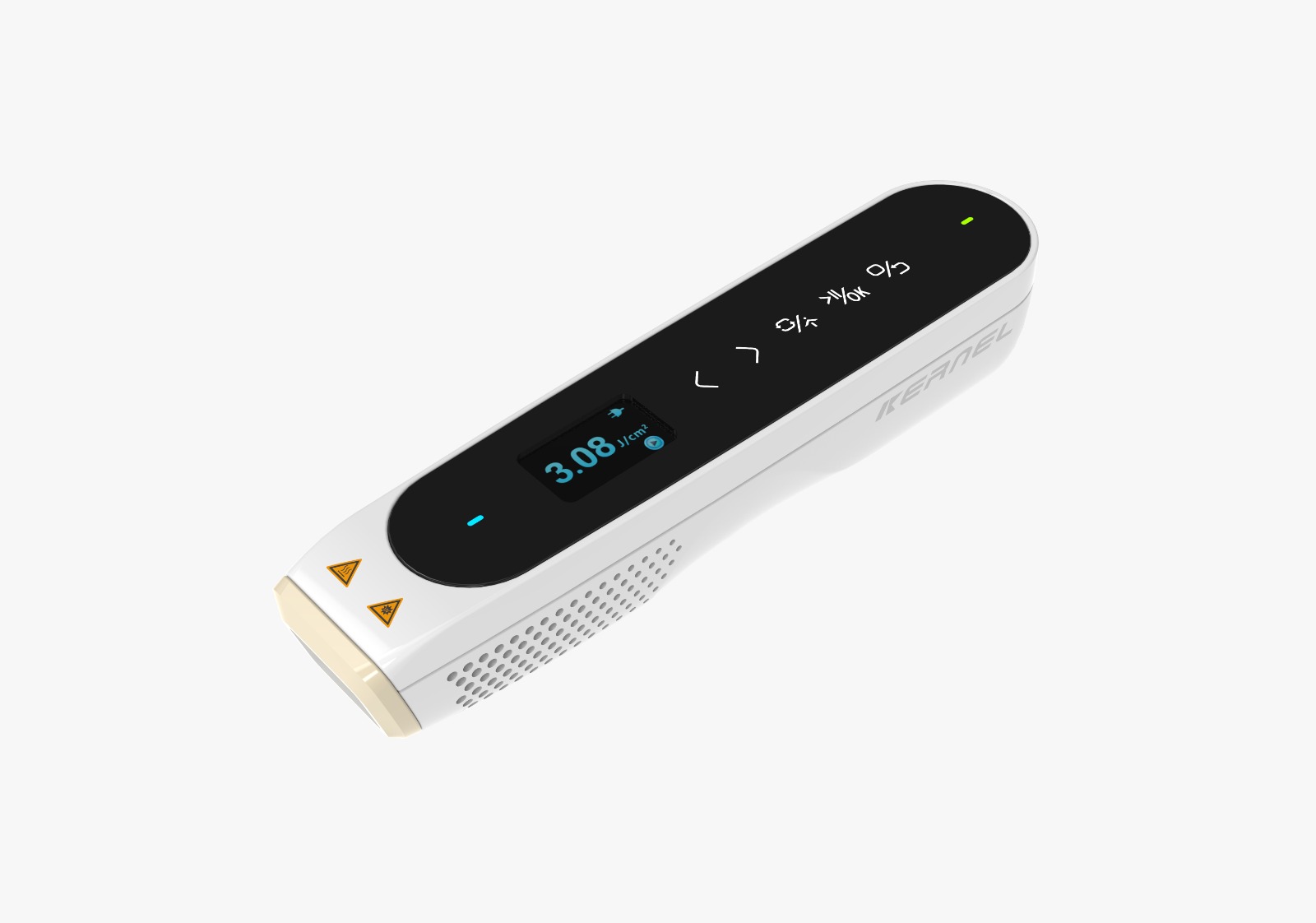Published on February 22, 2024
BB-UVB vs NB-UVB in the Cutaneous Disorders Treatment
Pugashetti and colleagues (2010) noted that BB-UVB phototherapy has demonstrated effectiveness in the treatment of cutaneous disorders including psoriasis, AD, uremic pruritus and idiopathic pruritus. In the last decade, there has been a rapidly escalating process of replacing BB-UVB phototherapy units with NB-UVB equipment, as studies have demonstrated that NB-UVB (ranging from 311 mm to 312 nm) is more effective in the treatment of psoriasis. Nevertheless, it is important to recognize the efficacy of BB-UVB phototherapy in the treatment of uremic pruritus, idiopathic pruritus, eosinophilic folliculitis and other inflammatory pruritic conditions. Furthermore, as high-lighted in this report, there was a small but significant proportion of psoriasis and AD patients who do not tolerate NB-UVB but demonstrated an excellent clinical response to BB-UVB. It is critical for dermatologists to recognize the role of BB-UVB as a complement to NB-UVB phototherapy for patients who cannot tolerate or experience an inadequate therapeutic response from NB-UVB.
References
- https://www.aetna.com/cpb/medical/data/200_299/0205.html
- Pugashetti R, Lim HW, Koo J. Broadband UVB revisited: Is the narrowband UVB fad limiting our therapeutic options? J Dermatolog Treat. 2010;21(6):326-330.











